Carpet collecting at the V&A in the late 19th century
As part of the History of Collecting seminar programme at the Wallace Collection, London, on 31 March 2014, Moya Carey – IHF Curator for the Iranian Collections at the Victoria and Albert Museum – presented an insightful and amply illustrated talk: Singular Perfection at South Kensington: Collecting ‘Persian Carpets’ for the V&A, 1873-1893.
This twenty-year period was of particular importance to the now world-renowned V&A carpet collection, this being the era when 16th century Safavid carpets were first rediscovered in Europe as the important and exquisite masterpieces they are. Prior to this, the focus of the South Kensington Museum (as the V&A was then known) collection had been purely upon contemporaneous 19th century weavings gathered as examples of various different existing styles. It was under the guidance and advice of artists, designers and enthusiasts such as William Morris that the museum came to appreciate Safavid carpets and to recognise that their beauty and form could not be simply replicated in copies.

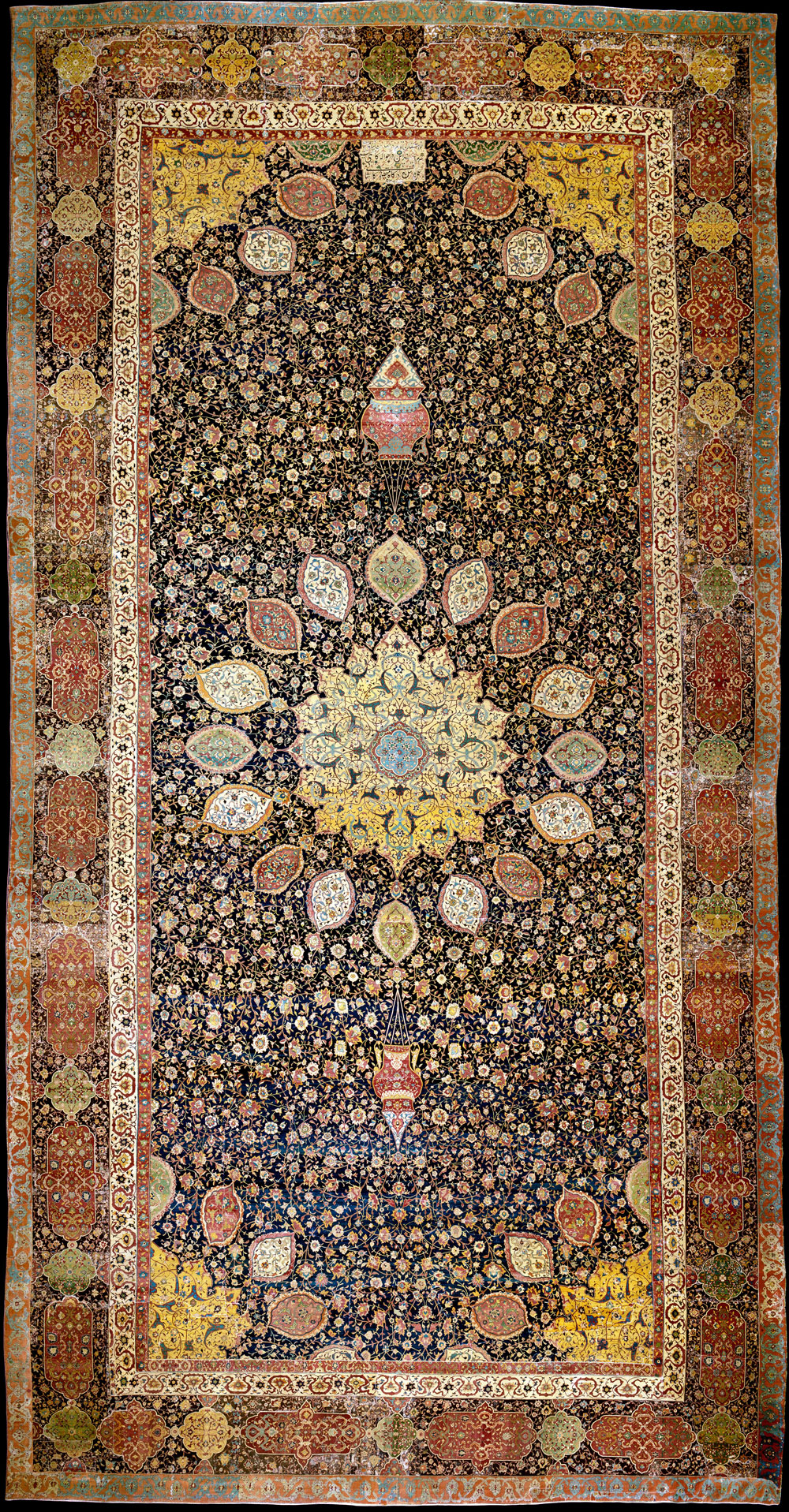
“The Ardabil Carpet”, wool pile on silk foundation, Safavid Iran, dated 946H, 1539-1540, V&A, 530 x 1044 cm
Major General Robert Murdoch Smith (1835 – 1900) was head of the Persian Telegraph Company and livedin Tehran. In 1873 he was engaged as an agent of the South Kensington Museum, to purchase for them ‘artistic and ornamental objects’. Ceramics were his main passion, though he obtained distinguished carpets too- sourced from private collections and directly from mosques. He gathered with vigour, being in direct competition with other European collectors and institutions that had joined the hunt for such treasures at a time before their mass appreciation, when they could still be obtained at minimal cost. Carpet collectors, including Berlin’s Wilhelm Bode – author of scholarly books on the topic, attempted to conceal their worth to allow themselves to quietly improve their own collections, buying ahead of their subject’s rise in popularity. However later, collectors came to have a positive supportive relationship with the public institution, recognising the relevance of the museum’s objective as a teaching institution, intended to inform public taste, percolate better design practice and abolish ‘the age of ugliness’.
In the late 19th century, the trend for ‘oriental’ style could not be halted and demand came to outweigh availability of Safavid carpets. Other styles of eastern weavings grew in popularity and came to be synonymous with the creative hedonic art scene; bohemian London artists salons were furnished with nomadic trappings and saddlebags. The museum was praised by the press for their forward thinking and the low prices they had paid for many of the exhibits shown in an 1876 exhibition of Persian art.
The magnificent Ardabil Carpet was acquired in 1893 from Vincent Robinson’s London shop, having previously been owned by Ziegler of Manchester. William Morris praised the intellectual qualities of the carpet. He had a deep appreciation of such works, displaying the first Safavid piece that he had ever seen- a smaller Kerman ‘vase’ carpet, purchased in Paris in 1877 (and later donated to the museum), at his Gloucestershire home, Kelmscott Manor. Morris urged the state to increase the sum made available to spend on the Ardabil from £1500 to £1750 and made monetary contributions himself, along with other donors, to ensure that the carpet which he described as ‘the finest eastern carpet which I have seen’ remained in England for public display.

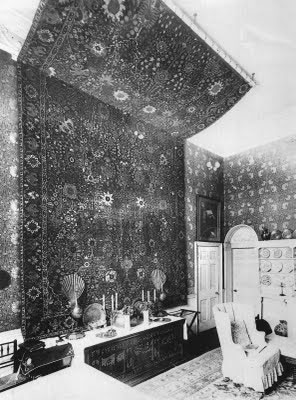
The Kerman ‘vase’ carpet, displayed at Kelmscott Manor when it was the home of William Morris in the late 19th century
The 19th century trend for the oriental interior and for displaying ornate carpets vertically, can also be seen in a 19th century photograph (below) of the living room of William Henry Wrench who was the British Consul in Istanbul between 1872 – 1896 (below). Here, another Kerman vase carpet, now in the V&A collection is seen displayed on the back wall. The carpet on the floor in the photograph is also in the museum’s collection.



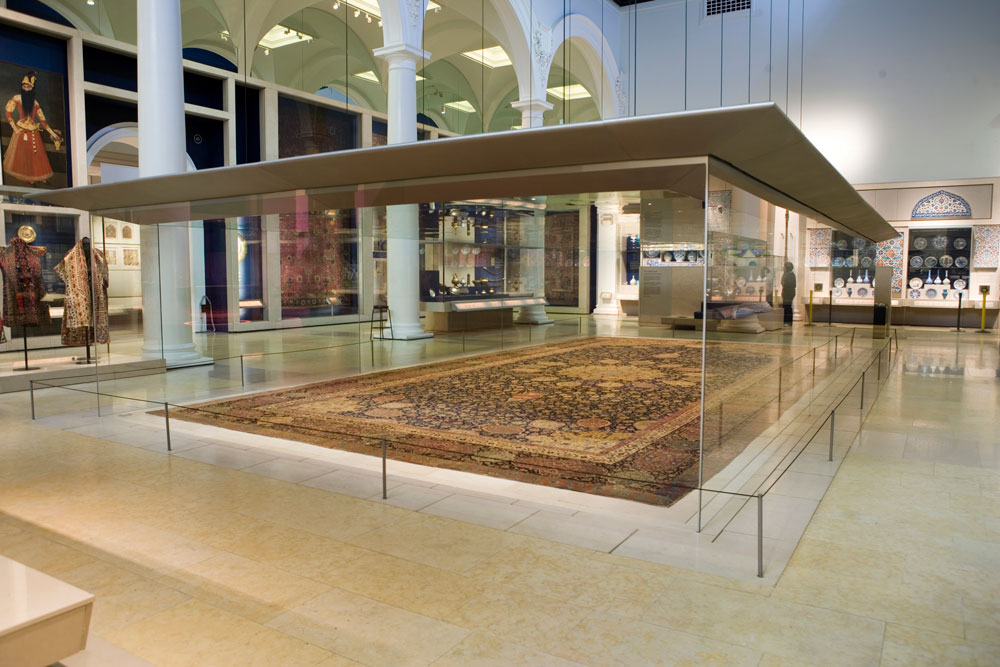
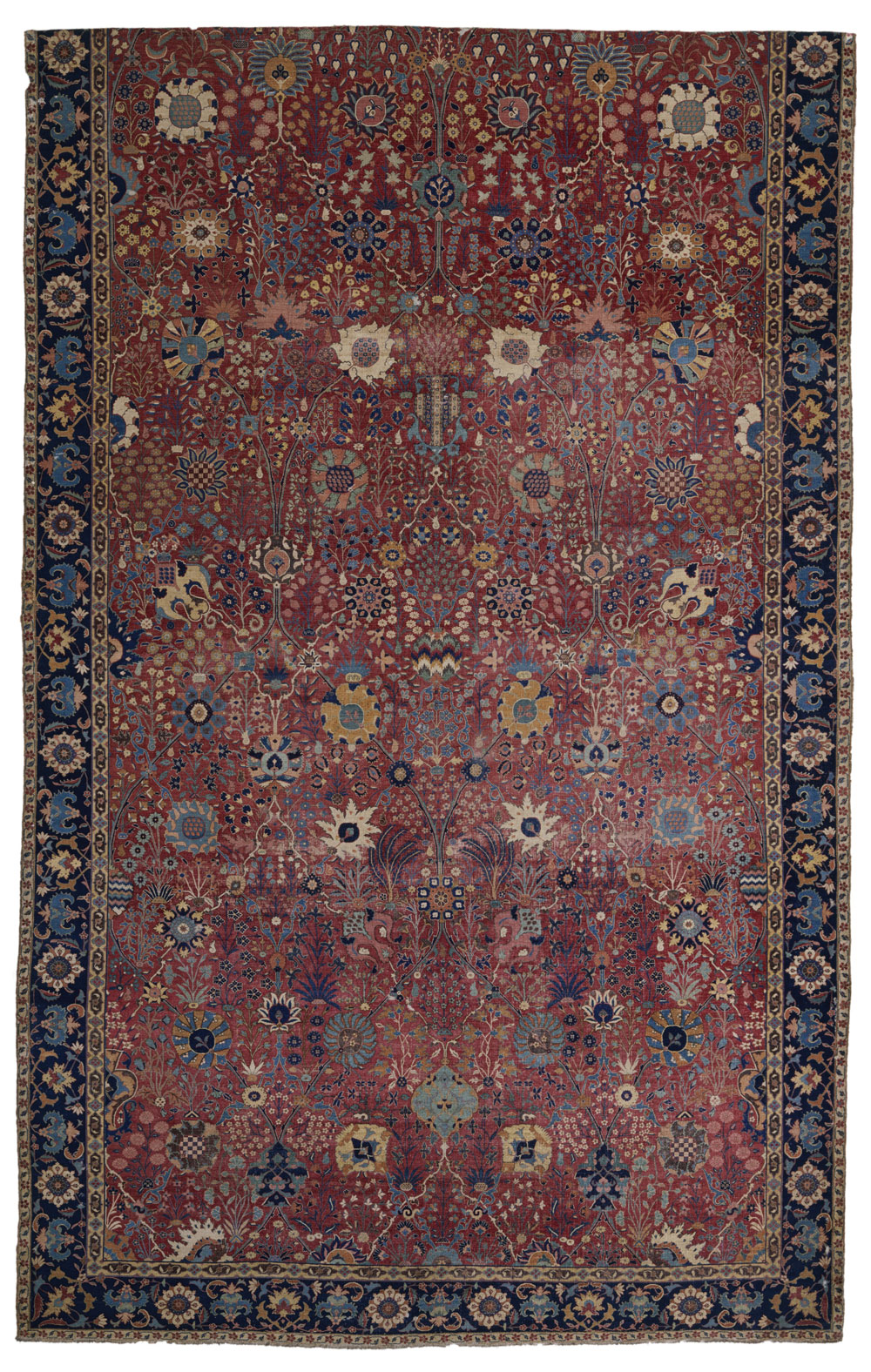
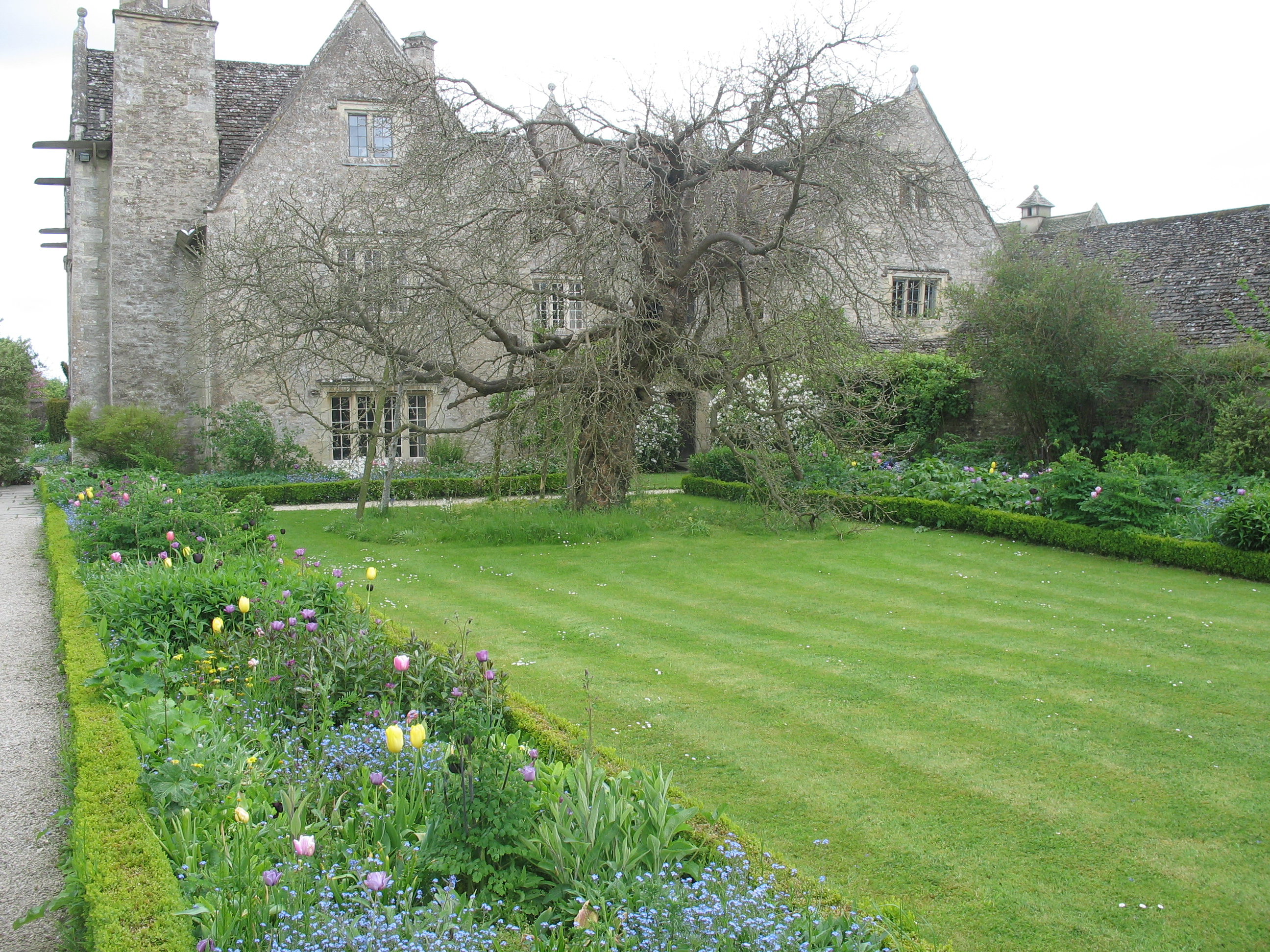
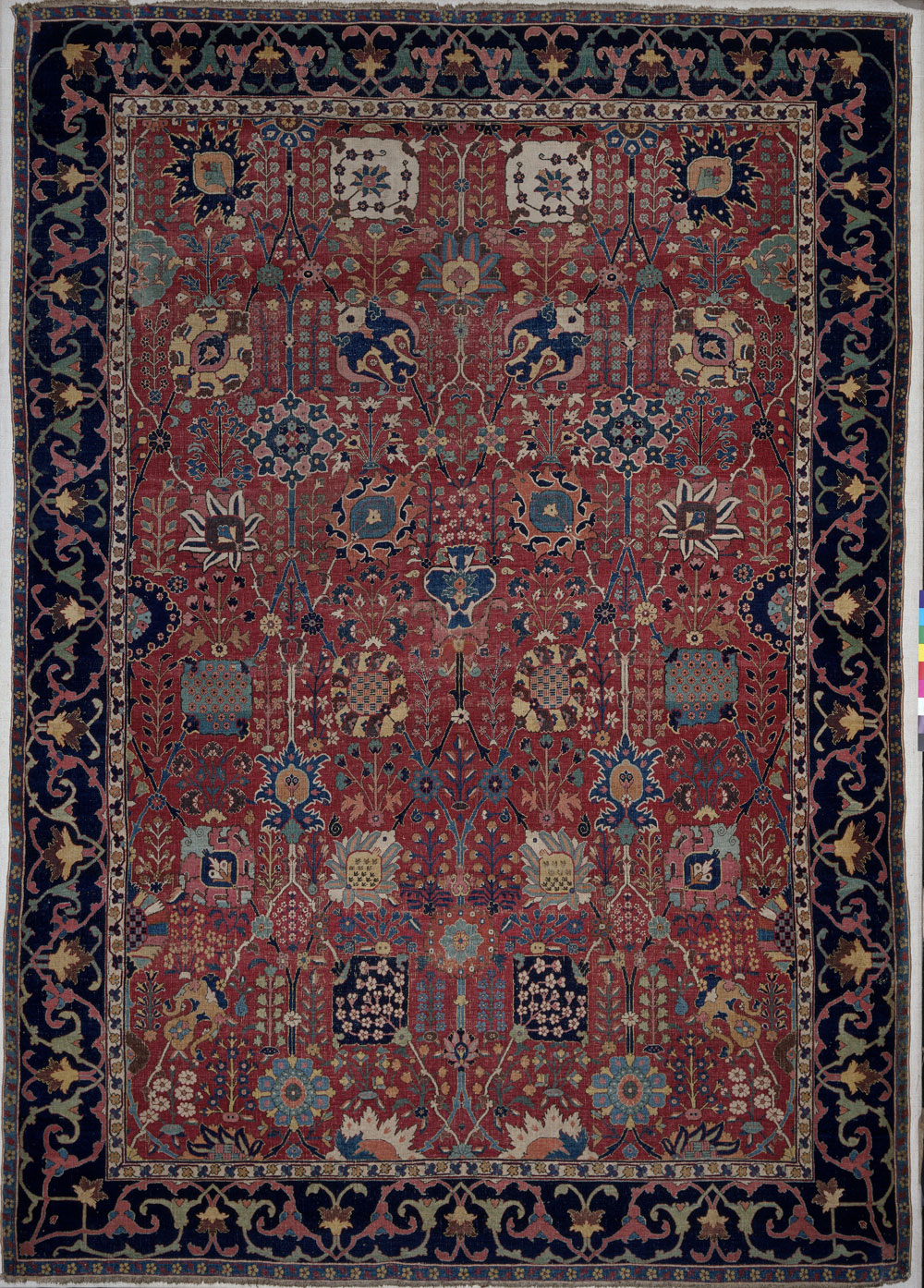
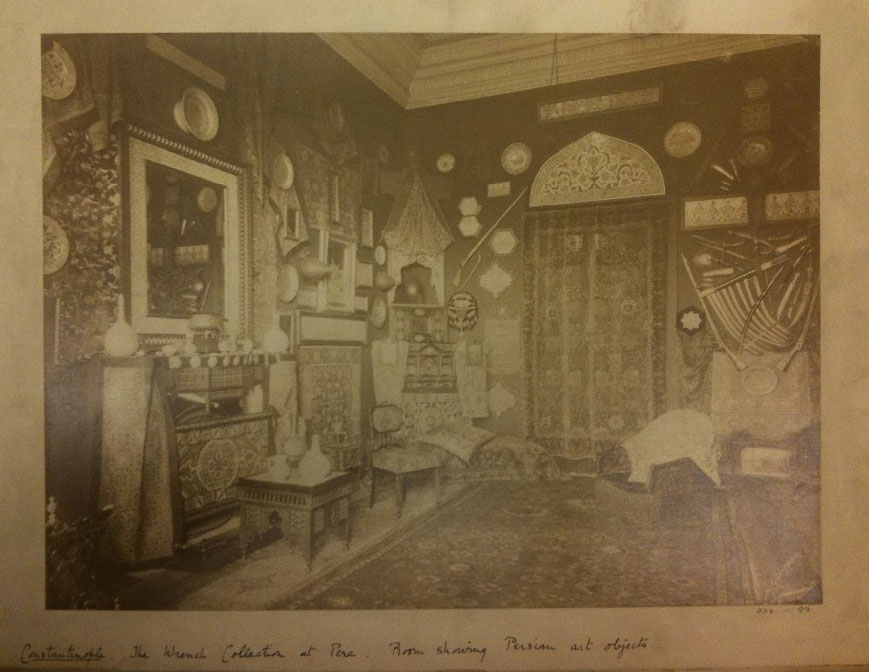
























Comments [0] Sign in to comment